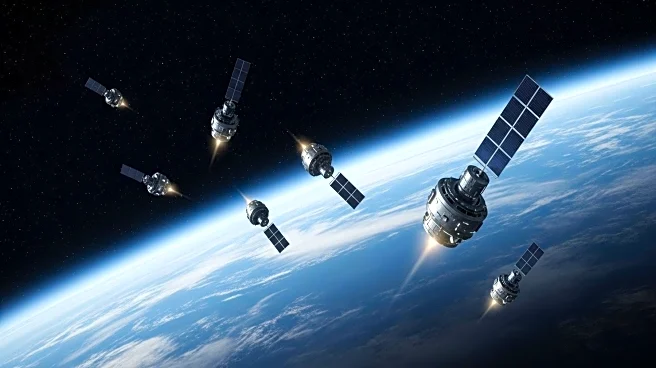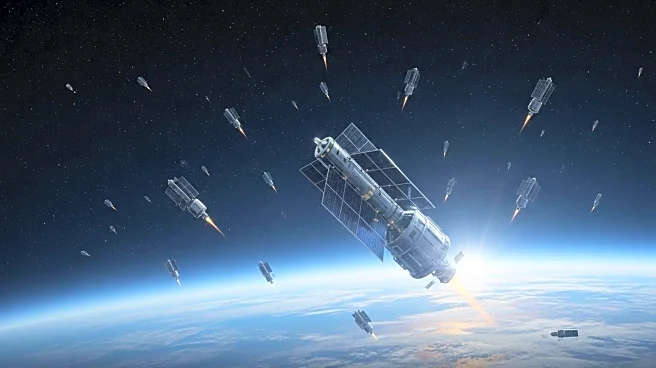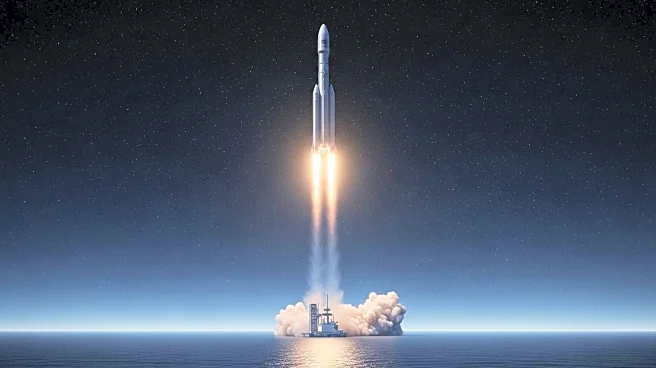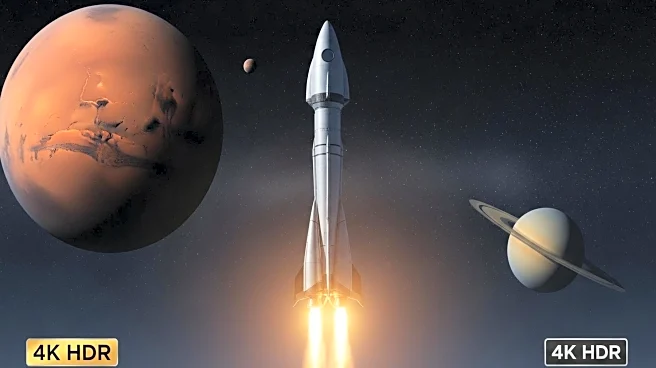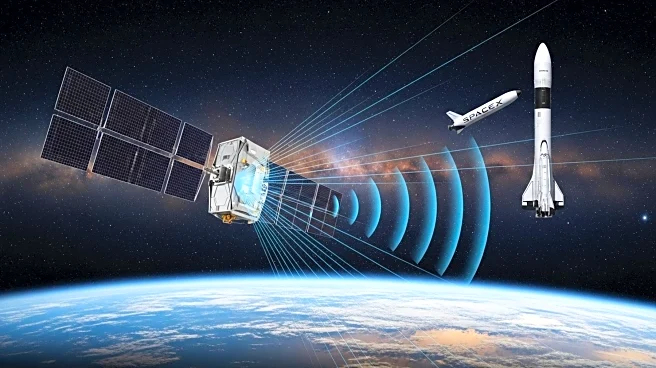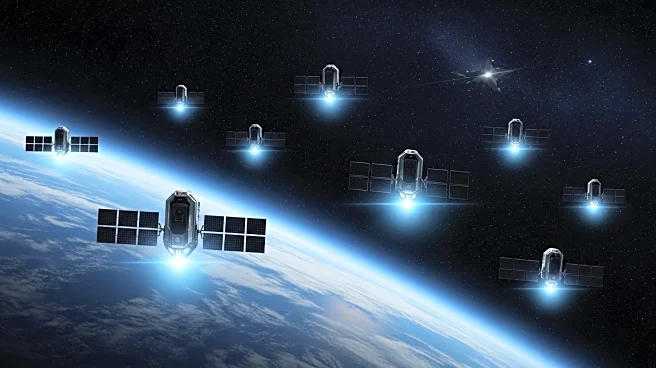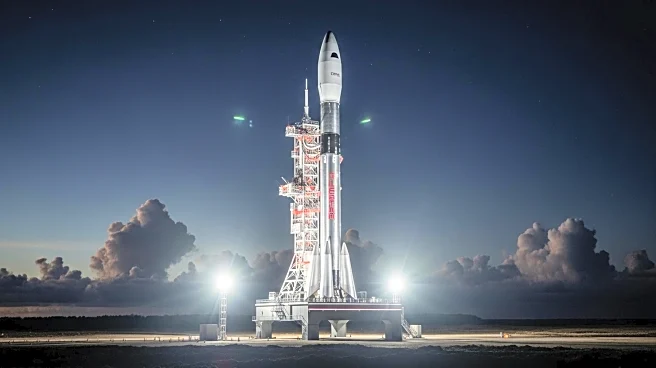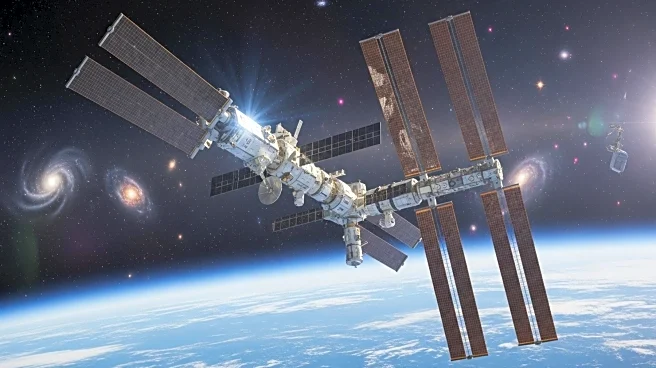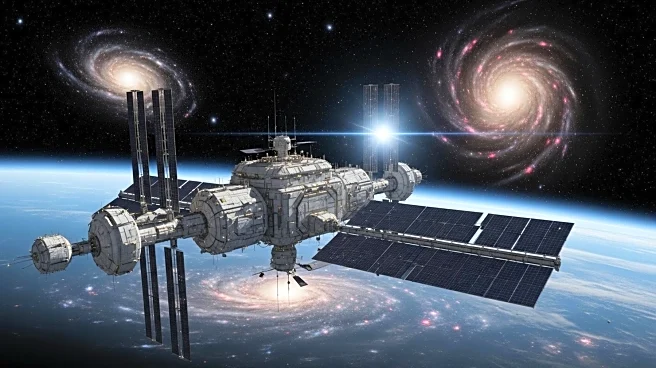What's Happening?
SpaceX's Starlink is deorbiting one to two satellites daily, a practice expected to increase as the constellation grows. This process involves using thrusters to lower satellites into the atmosphere, where they burn up. While this method helps manage space debris, concerns remain about the potential for Kessler syndrome, where debris collisions create a chain reaction. Additionally, the environmental impact of burning satellites in the atmosphere is largely unknown, with some studies indicating a significant presence of satellite-derived particles in the stratosphere.
Why It's Important?
The management of space debris is critical to maintaining the usability of Earth's orbit for future satellite operations. Starlink's approach to deorbiting satellites is a proactive measure to prevent space congestion, but it also highlights the need for comprehensive strategies to address the growing number of satellites. The environmental implications of increased satellite reentry are concerning, as they could affect atmospheric composition and climate. Understanding these impacts is essential for sustainable space exploration and satellite deployment.
Beyond the Headlines
The situation underscores the importance of international cooperation in space traffic management and environmental monitoring. As more companies and countries launch satellites, coordinated efforts are needed to mitigate risks associated with space debris and atmospheric pollution. The potential for unforeseen environmental consequences calls for further research and the development of guidelines to ensure the long-term sustainability of space activities.

